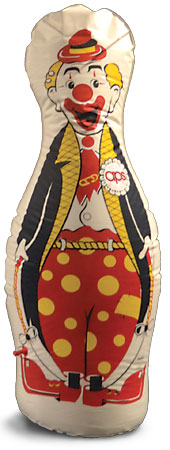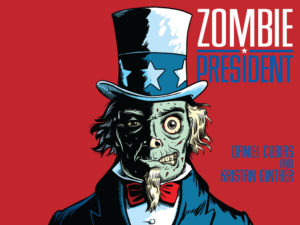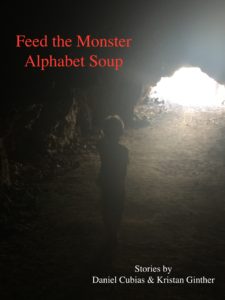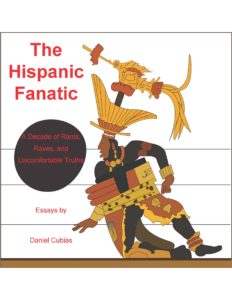Humans are social animals. Yes, even you sullen loners, shy introverts, and lone-wolf bad boys out there — deep down, all of you need to connect with other people, at least on occasion.
One aspect of our social nature is that we take cues from one another. Although we want to believe that we think for ourselves 100 percent of the time, and are not subject either to the overt influences or the subtle hints of our peers, the truth is that we are constantly looking at, listening to, and measuring ourselves against others. Deny it all you want — science backs upthe idea.
By the way, if you bend too easilyto the will of others, you may end up a Nazi, and if you don’t bend at all, you may end up a sociopathic killer.
So once again, moderation is key.
However, it’s not just basic concepts such as personal space, small talk, and sarcasm that we learn from our fellow humans. We also learn how to be aggressive.
For proof of this, let’s look at the famous Bobo experimentsof the 1960s, which were held at Stanford University.
In addition to having the most adorable name ever for a psychological study, the Bobo experiments showed that children learn through the observation of adult behavior.
The study used inflatable plastic toys called Bobo dolls, which are basically large cartoon clowns bottom-weighted so that they return to an upright position when knocked down.
You’ve probably seen one, or at the very least, had a terrifying nightmare involving them.

The researchers divided preschoolers into one group that observed aggressive adult behavior, another group that saw nonaggressive adult behavior, and a third group that didn’t watch any adult behavior.
The kids in the first group saw adults punch, kick, and generally pummel the Bobo dolls. And you guessed it — children in that group later modeled the adults’ behavior by attacking the doll in the same fashion.
In sum, if kids saw a grownup kick the shit out of the Bobo doll, they were more likely to be violent too.
The researchers said that the kids had, more or less, gotten permission to be aggressive little jerks because they saw an authority figure do it first.
OK, that’s all very interesting, you say. But certainly it’s not the case that grownup, voting American citizens “get permission” from authority figures to, for example, be racist — right?
Ahem.
Well, it may intrigue you to know that researchers have “found empirical evidencethat Trump’s rhetoric has indeed lead whites to express more bigoted views of ‘the other.’”
After analyzing white people’s attitudes toward race and individuals of different ethnicities, researchers found that since Trump began his campaign in 2016, many white Americans have expressed more bigoted views about Latinos, blacks, and other groups, and as a bonus, they are more comfortable saying these statements out loud.
The researchers conclude that “Trump is giving respondents tacit permissionto be bigots.”
You see, Americans heard a major party nominee for president begin his campaign by slurring Mexicans, and as a result, years later, we discover that “Trump’s language [about Mexicans] doesn’t just embolden people to say more negative and more offensive things about the group he’s talking about, but it actually leads them to say more offensive thingsabout all groups.”
For these Americans, Trump has been an authority figure punching Bobo dolls. They think that if the president “is using this language, then it must be acceptablefor me.”
They have, psychologically speaking, been given permission to be racist.
By the way, the original Bobo study found that the effects of modeling violent behavior lingered in children for months after witnessing aggressive actions. The researchers believed that once people have deemed a behavior to be acceptable, it is difficult for them to regain their previous mindset. So the kids had their personality altered in the long term.
Feel free to draw your own analogies to that.




